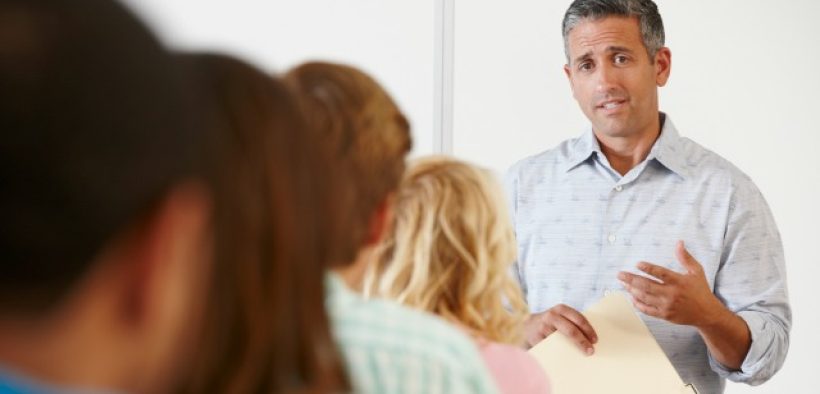Brief—that pretty much describes exam debriefs in many courses. The teacher goes over the most commonly missed questions, and the students can ask about answers but generally don’t. These kinds of debriefs don’t take up a lot of class time, but that’s about all that can be said for them. For some time now, I’ve been suggesting that students, not the teacher, should be correcting the wrong answers. The students are the ones who missed the questions.
Related Articles
I have two loves: teaching and learning. Although I love them for different reasons, I’ve been passionate about...
Active learning is a mostly meaningless educational buzzword. It’s a feel-good, intuitively popular term that indicates concern for...
Perhaps the earliest introduction a student has with a course is the syllabus as it’s generally the first...
Generative AI allows instructors to create interactive, self-directed review activities for their courses. The beauty of these activities...
I’ve often felt that a teacher’s life is suspended, Janus-like, between past experiences and future hopes; it’s only...
I teach first-year writing at a small liberal arts college, and on the first day of class, I...
Proponents of rubrics champion them as a means of ensuring consistency in grading, not only between students within...








